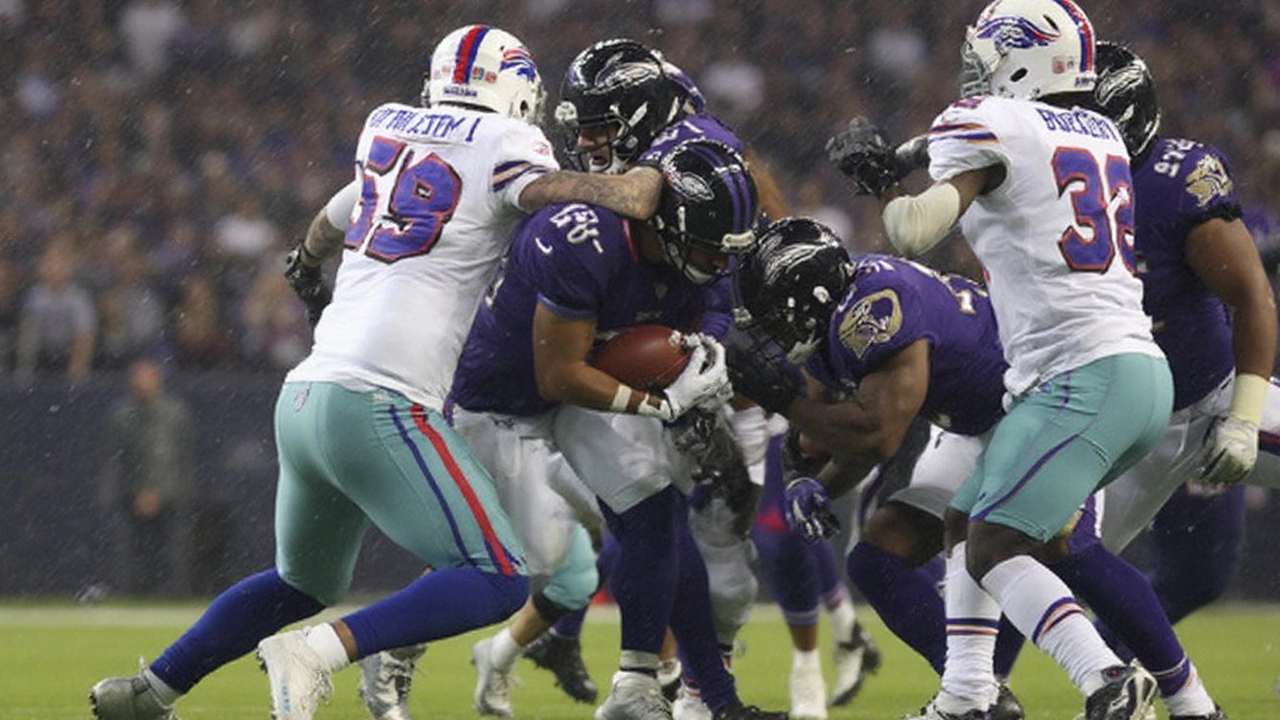Comeback Stories in Sports and Soccer
When we talk about comeback, a dramatic return to form after a setback, often celebrated in sports and everyday life. Also known as return, it captures the heart of every fan. A sports comeback, the moment a team or athlete reverses a losing streak and wins against the odds showcases pure resilience. In the world of football, a soccer comeback, the reversal of a match deficit through goals, tactics, and sheer will becomes instant folklore. When a veteran player recovers from injury and re‑enters the lineup, it's called a player comeback, the personal journey of regaining peak performance after adversity. And when an entire club flips its fortunes, we label it a team resurgence, a collective bounce‑back that lifts morale and reignites fan enthusiasm. These ideas intertwine: a comeback often requires determination, resilience, and strategic tweaks, while a successful player comeback can spark a team resurgence, and a thrilling soccer comeback fuels the sport’s drama.
Why Comebacks Capture Our Attention
People love a good comeback because it tells a story of overcoming odds. The comeback narrative gives us a clear before‑and‑after, making the victory feel earned. In soccer, coaches adjust formations, swap players, and push for fresh energy – each move adds a layer to the comeback puzzle. Fans notice how a single goal can shift momentum, turning a 0‑2 deficit into a 3‑2 win. That shift isn’t random; it’s built on tactical awareness, fitness levels, and mental toughness. When a player returns from injury, the team often sees a boost in confidence, showing how personal resilience can ripple through the squad. Similarly, a team resurgence isn’t just about a lucky win; it’s the result of revamped training, new signings, and a change in mindset that redefines the club’s identity.
From a practical standpoint, studying comebacks reveals patterns you can apply to your own game or life. First, identify the weak points that caused the slump – maybe a defensive frailty or a lack of creativity in the final third. Second, make targeted adjustments: a defensive midfield hire, a more aggressive pressing style, or a focused fitness program for the injured player. Third, monitor the psychological temperature; confidence builds when small successes are celebrated, and that confidence fuels larger victories. In soccer, a well‑timed substitution can be the spark that ignites a comeback, while in broader sports, a strategic timeout might reset a team’s rhythm. The common thread is the blend of tactical tweaks and mental reset.
Fans also enjoy the emotional roller‑coaster that comebacks provide. The tension of a trailing score, the hope sparked by a quick goal, the suspense of the final minutes – all these moments create lasting memories. When a player stages a personal comeback, supporters feel a deeper connection, cheering not just for the result but for the human story behind it. That emotional bond is why clubs invest in sports psychologists and rehabilitation specialists; they know that mental recovery is as crucial as physical healing. A successful player comeback can galvanize the locker room, turning individual triumph into collective momentum, which often leads to a broader team resurgence.
Looking at recent examples, you’ll see a mix of quick turnarounds and long‑term rebuilds. Some teams rally from a two‑goal deficit in the last ten minutes, while others climb out of a season‑long slump through strategic signings and a renewed culture. Both scenarios fit under the comeback umbrella, but they highlight different scales of effort. Short‑term comebacks rely heavily on in‑game decisions – press intensity, substitution timing, set‑piece execution. Long‑term resurgences demand structural changes: youth academy investment, scouting networks, and a clear tactical philosophy. Understanding which type of comeback you’re dealing with helps you set realistic expectations and allocate resources wisely.
For anyone looking to emulate a comeback, whether on the pitch or in personal goals, the playbook is simple: assess the damage, plan focused improvements, and stay mentally engaged. Track progress with clear metrics – points gained, goals scored, fitness benchmarks – and celebrate each milestone. Remember that a comeback is rarely a single event; it’s a series of small victories that add up to a big win. By keeping an eye on both the tactical and psychological aspects, you increase the odds of turning a setback into a story worth retelling.
Below you’ll find a curated collection of articles that dive deeper into specific comeback moments, player recovery journeys, and the strategies behind team resurgences. Each piece offers a fresh angle, so you can see how the concepts we discussed play out in real‑world scenarios.
Bills vs Ravens: Buffalo Stuns Baltimore 41-40 in Week 1 Classic With Walk-Off Kick
Down 15 with five minutes left, Buffalo shocked Baltimore 41-40 on a Matt Prater walk-off field goal in a wild Week 1 finish. Josh Allen and Lamar Jackson delivered a heavyweight duel in the first season-opening meeting of last year’s MVP winner and runner-up since at least 1970. A deflected fourth-and-2 TD to Keon Coleman sparked the rally. Both teams entered with AFC-best odds, and it showed.

 Sports Analysis
Sports Analysis